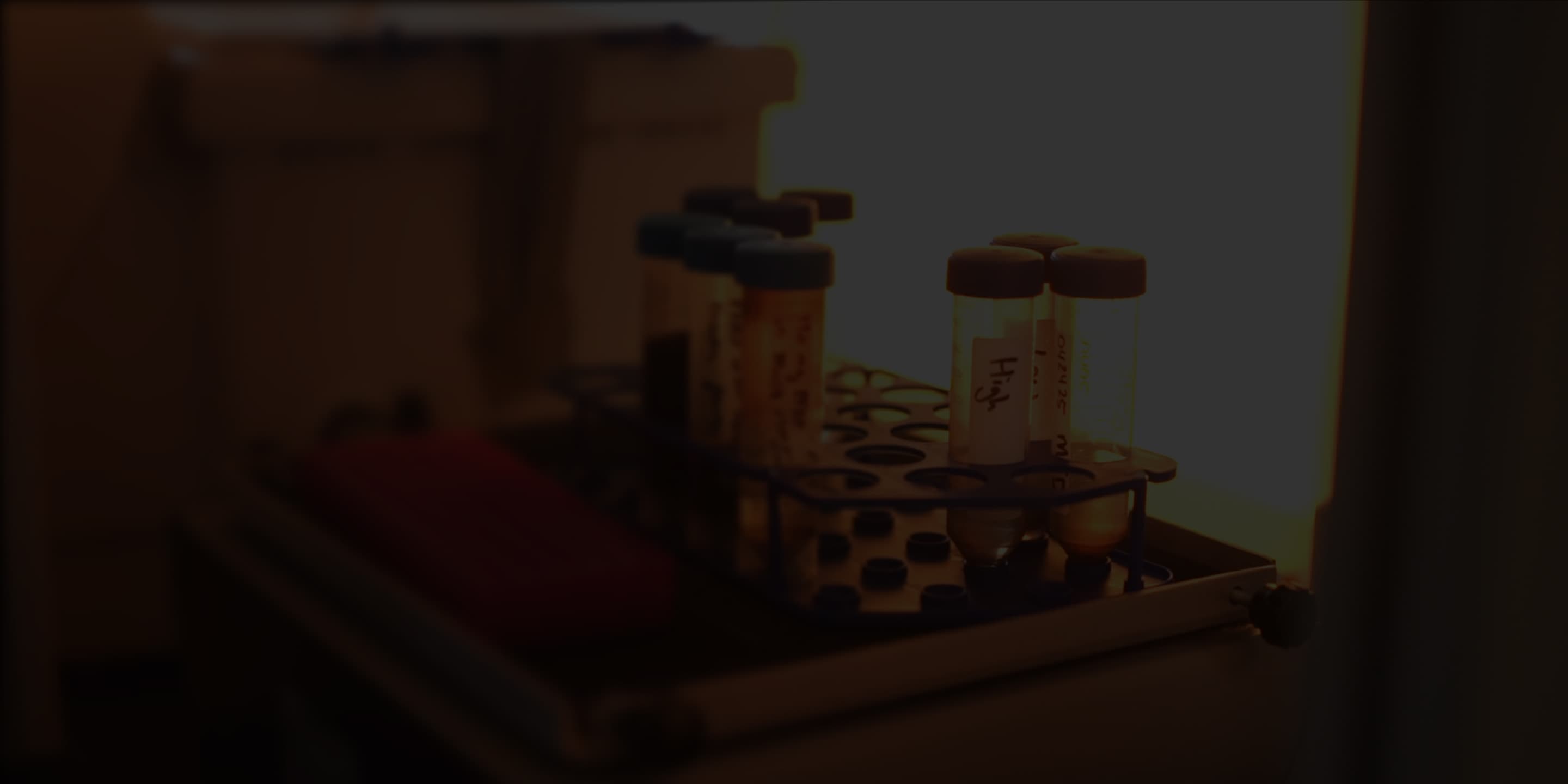Roadmap
We’re motivated by human need. We build for patients who need help today, and those who’ll need time to reach tomorrow.
What we
are doing
Until is developing reversible cryopreservation systems for human organs to solve the donor organ procurement and matching problem.
In doing so, we de-risk and answer key questions relevant to whole-body reversible cryopreservation while building products that help patients today.
Why it Matters Now
In 2023, nearly one million Americans died from end-stage organ failure, but only 48,000 transplants were performed [1], [2]. Of the 76,000 organs donated in 2024, 37% were discarded, often not because they were unfit, but because they couldn't reach a patient in time [3]. That's tens of thousands of potential transplants lost to logistics.
While a kidney can last up to 36 hours, hearts and lungs last just 4–8 hours on ice, making donor organ delivery a frantic process [4], [5]. Reversible cryopreservation could be a transformative fix — turning time into a tool. It gives patients a chance, clinicians flexibility, and a system built to serve patient-need rather than react to scarcity.
0 Years
5 Years
Average Wait Time
When a patient does qualify for the waitlist, a long wait begins. The national average wait time for a kidney is 5 years, a liver is 11 months, a heart is 4 months, a lung is 4 months, and the wait time for a pancreas is 2 years [6].
A five-year wait for a kidney means being tethered to a dialysis machine for four hours, three times every week, for 260 weeks. It means planning your life around these sessions. For heart and lung patients, waiting four months means gambling with survival daily. During this wait time, patients can't travel; they must stay near their transplantation center, hoping for a life-saving donation.
>0
>100,000
Patients Waiting
Over 100,000 people in the U.S. are waiting for a transplant. For many, the problem isn't biology — it's time. Too often, the match is there. The logistics are not. [7]
Citations:
- Centers for Disease Control and Prevention (CDC). Leading Causes of Death.
- Health Resources & Services Administration (HRSA). Organ Donation Statistics.
- United Network for Organ Sharing (UNOS) The U.S. Organ Donation & Transplantation System.
- Donor Alliance. What Is the Time Frame for Transplanting Organs?
- LifeSource. How Are Organs Transported for Transplant?
- Donors1. The Waiting List
- UNOS. Data and Trends
We're not waiting on the future. We're building it.
We're building systems that make time flexible: to match more organs, save more lives, and unlock a path toward whole-body cryopreservation.




Organs
We're developing reversible cryopreservation for human organs — vitrifying and rewarming kidneys, hearts, lungs, and livers to extend preservation time from hours to weeks, however long is needed. This unlocks organ banking, better matches, and fewer patients dying on the waitlist.
Breakthroughs keep coming, just not always in time
Every year, new treatments change what’s possible. Once-fatal conditions are now survivable, even curable. But for many patients, those therapies arrive just after they’re gone. Reversible cryopreservation can bridge that gap. To give patients a way to reach the medicine that’s coming next. When the future arrives, the people we love should still be here too.
Towards whole body
We don’t yet know how far this technology can go — or how people will choose to use it. Whole-body preservation is as much a human question as a technical one. If we succeed, people will face choices we’ve never had to face before. Our role is not to answer those choices in advance. It’s to make sure that people have the option, and that science is ready and robust when it matters most.
